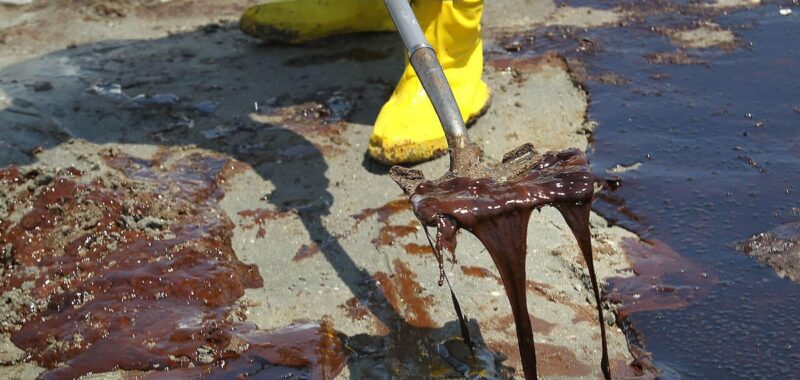Off Grand Isle, Louisiana, is a sportfishing paradise, where dolphins escort Captain Craig Bielkiewicz’s charter boat into the Gulf of Mexico. He wanted to show off what matters there: the redfish are biting, and the dolphins are evidence of that fact.
It’s another sign the place has slowly recovered over the last 15 years since the catastrophic BP oil spill. In the summer of 2010, panic spread across the region when the Deepwater Horizon oil rig exploded in the Gulf, causing 134 million gallons to gush into the water.
CBS News covered the spill for four months, from the frantic efforts to cap the well to bungled attempts to stop the rust-colored crude oil from poisoning beaches and wetlands. The town of Grand Isle was stuck in the muck of disaster. Mayor David Camardelle fought back tears in an interview on the beach, fearful of the future for local fishermen.
Fifteen years later, Camardelle recalls the moment.
“Seeing that oil coming through — it was a whole different world to us,” he said.
When asked if Grand Isle has recovered, Camardelle said, “As the environment moved, it got better and better, we find. And the storms kind of came and pushed some big waves here and kind of pushed the other stuff out.”
But below the surface, there was a different story unfolding. Back in 2015, Chris Hernandez showed CBS News his oyster beds, covered in sheen. He said recently that they have never recovered.
The spill had a devastating impact on marine life, coastal ecosystems and wetlands. Over the last 15 years, some of it recovered, but some of it hasn’t.
Louisiana restored a bird island, home to brown pelicans, herons and gulls. BP paid for the $18 million dollar project, which is now in its “restoration phase,” said program administrator Maury Chatellier.
“We’re trying to make it right and bring those populations back,” Chatellier said.
But NOAA shot underwater footage near the BP well head in 2017, and researchers saw almost no signs of life. They went back to the same area last year and said it looked much the same
One hundred miles away, back on Grand Isle, Camardelle still has his fears.
“In the back of mind, I still think there’s a little poison. I shouldn’t say it that way, but it could still pop up in the ground,” Camardelle said.
It took BP four months to seal the well, but there’s still no cap on the lingering distrust.


